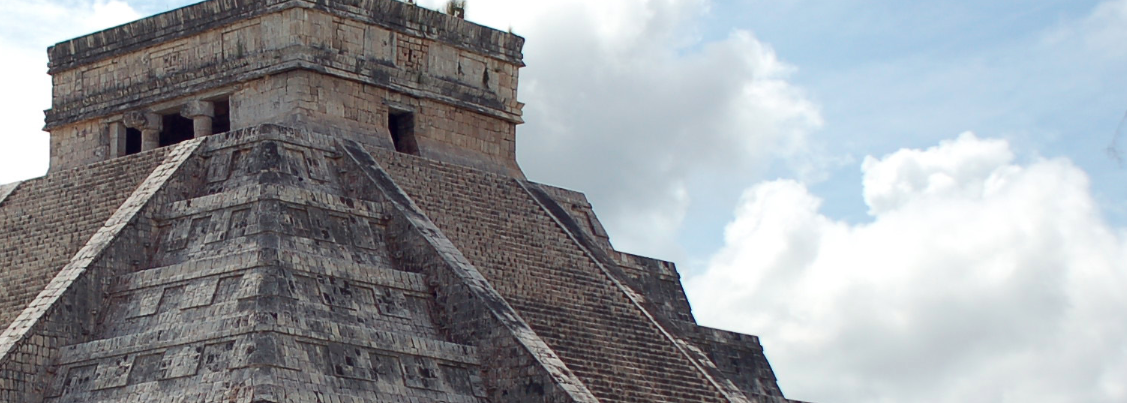New Scientist
Image: f-l-e-x
The dramatic collapse of the Mayan civilisation 1000 years ago is one of the world’s enduring archaeological mysteries. But how the Maya got started in the first place is no less mysterious. Now newly discovered excavations have revealed that some Mayan ceremonial plazas and pyramids are centuries older than we thought – but leave obscure why they were built.
Stepped pyramids and open squares – or plazas – were a feature of many early Mayan sites from around 800 BC. At this time, the Olmec was the major civilisation and the dominant influence in Mesoamerica. Because pyramids dating to 800 BC are also found at the key Olmec site of La Venta in what is now Mexico, many archaeologists think the Maya got their pyramid-building know-how from the Olmec.
However, new finds from an early Mayan site called Ceibal in central Guatemala suggest otherwise. Takeshi Inomata at the University of Arizona in Tuscon and his colleagues have excavated the site, and discovered a small pyramid and several large platforms – including one that is 55 metres long and 1 metre tall – that are unmistakeably similar to those associated with plaza-pyramid architecture at La Venta.
Carbon dating of organic samples found on the structures revealed that the small pyramid dates to around 850 BC – just before pyramids became common at La Venta – whereas the long platform dates to 1000 BC. This makes it 200 years older than other Mayan monuments and 200 years older than the monumental constructions at La Venta. Read more on newscientist.com…








